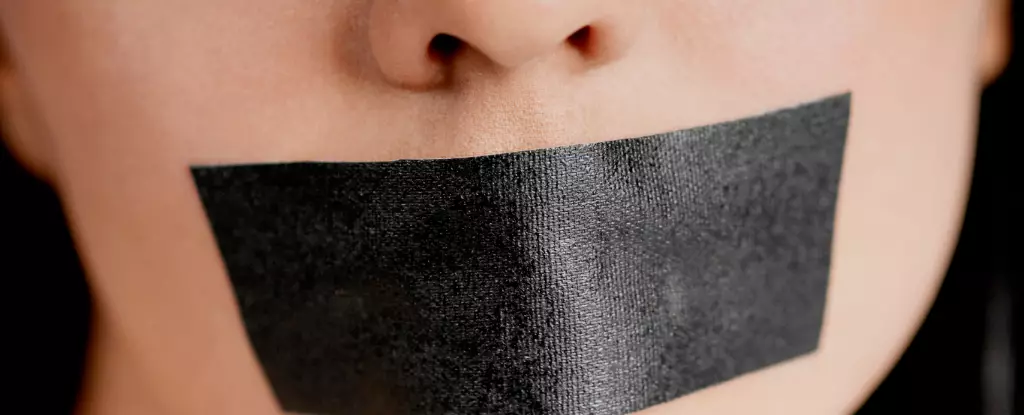The dialogue surrounding sleep apnea often takes a backseat as discussions about diet and exercise dominate the conversation about heart disease and strokes. However, the impact of sleep apnea—a condition characterized by intermittent cessation of breathing during sleep—cannot be overstated. This phenomenon occurs when the airway collapses, leading not only to disrupted sleep but also to serious cardiovascular health implications. While conventional treatments like Continuous Positive Airway Pressure (CPAP) machines and mandibular advancement devices exist, there’s a growing interest in alternative solutions, including the increasingly popular practice of mouth taping. Yet, the risks and inefficacies of mouth taping deserve critical examination.
CPAP machines have long been considered the primary treatment for sleep apnea, delivering a steady stream of air to keep the airway open. However, many users abandon the machine after only a few years due to discomfort. Studies indicate that around half of the users stop using CPAPs within just three years. Similarly, mandibular advancement devices aim to position the jaw to prevent airway collapse but often lead to discomfort and dental problems over time. With these treatments presenting significant barriers, it’s understandable that individuals living with sleep apnea are eager for more accessible solutions.
The concept of mouth taping may seem innovative at first glance: adherents advocate for the practice as a method to encourage nasal breathing during sleep. The rationale is straightforward; by keeping the mouth shut, the chances of airway collapse are purportedly reduced. However, proponents recommend specific types of tape, such as medical-grade tape, to mitigate potential issues; using alternatives like duct tape is certainly not advised. Yet, even with these precautions, the lack of empirical evidence supporting its effectiveness raises significant red flags.
Recent studies on mouth taping reveal a mixed bag of outcomes. While some participants experienced increased airflow, others exhibited a decrease, demonstrating that this method is not universally applicable. Furthermore, most studies are small-scale and predominantly involve participants with mild sleep apnea, further limiting the generalizability of the findings. The variability in individual responses—combined with inadequate sample sizes—suggests that mouth taping may not serve as an effective or reliable treatment option for everyone, particularly for those with more severe manifestations of sleep apnea.
One of the most pressing concerns surrounding mouth taping is the potential for causing more harm than good. Mouth taping can trigger “mouth puffing,” where users inadvertently exhale from the sides of their mouths, leading to reduced oxygen levels in the bloodstream and increased carbon dioxide levels. This can put the body in a state of distress, further complicating an already serious condition.
Moreover, aesthetics and comfort must be considered; the sensitive skin around the mouth is particularly susceptible to irritation or even infections like dermatitis and folliculitis. If users experience skin issues, the repercussions extend beyond discomfort, potentially leading to long-lasting dermatological conditions.
The vulnerability of certain populations cannot be overlooked when discussing mouth taping. For individuals with existing respiratory conditions, narrowing tracheas, or after a night of drinking, the act of taping the mouth shut can be particularly perilous. In instances of vomiting—such as with gastrointestinal infections—there exists a severe risk of aspiration pneumonia, which could be fatal. These stark realities make it crucial for potential users to approach mouth taping with caution.
While the challenges surrounding conventional sleep apnea treatments are well-known, mouth taping does not present a viable alternative solution. The inconsistency in study results, potential for physical harm, and increased risk in vulnerable individuals overshadow any perceived benefits. Until more exhaustive research validates mouth taping as a safe and effective option, it is prudent for individuals struggling with sleep apnea to consult healthcare professionals regarding established treatments. The search for solutions must not come at the cost of health or safety, and consumers should be wary of quick fixes in favor of evidence-based approaches.


Leave a Reply